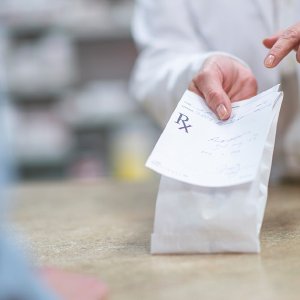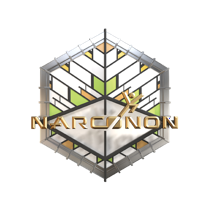Doctor Shopping on the Rise:
How Addicts Really Get Drugs

The drug addiction “scene” in the United States has changed much since the turn of the century. While drug crime of the twentieth century always involved back-alley dealings, gangs, trafficking cartels, and an all-out war against all of the above, drug abuse and drug crime of today wears a different face. Today, legal and supposedly safe and helpful prescription drugs sit atop the heap of drug problems our nation is faced with. It is easily the most concerning, the most lethal, and the most prominent crisis of all of them.
With legal drugs like opioid pharmaceuticals and psychiatric medications being the most common drugs of choice, we need to understand that the drug scene doesn't look anything like it used to. Addicts don't only do deals on the streets. In fact, street drug deals are only one way that drugs move from one hand to another in modern-day America. An even more concerning location where a huge amount of drug deals “go down,” are in doctors' offices and pharmacies.
Startling News from the Centers for Disease Control and Prevention
According to the CDC, nearly half of all deaths that result from the misuse of an opioid pain reliever involved Medicaid recipients who went to multiple pharmacies to fill their “prescriptions.” This is called “pharmacy shopping” or “doctor shopping,” and it is one of the most common ways that opioid addicts and pill addicts will get a hold of pharmaceuticals.
Pharmacy shopping is difficult to police and downright impossible to fully prevent. But pharmacy shopping is lethal, and something needs to be done about it.
Researchers at the Centers for Disease Control and Prevention examined the records of ninety-thousand Medicaid recipients. These were recipients who were coincidentally also long-term users of narcotic painkiller drugs such as OxyContin, Vicodin, Percocet, Opana, Dilaudid, Morphine, Fentanyl, etc.

From the study results, Medicaid patients who used overlapping (meaning more than one prescription) had a higher overdose rate than those who only used one prescription at a time, exactly as recommended. Furthermore, patients who had used multiple pharmacies to obtain those overlapping prescriptions had the highest rates of overdose.
There is no reason to use multiple pharmacies and multiple prescriptions. There is absolutely no medical excuse for it, as any doctor should be able to help a patient mediate their pain without getting their patients addicted. And no doctor should accept a patient who is seeing other doctors for painkillers as well.
Prescription Drug Monitoring Programs Help
Prescription drug monitoring programs (PDMPs) are state-based databases and computer software installed in doctors’ offices and pharmacies. This is a shared network of information that keeps data on all patients. The data shows which patients receive which prescriptions for which drugs. That way, if one patient goes to two different doctors for painkillers, each doctor will know about it and can take appropriate action (directing the patient to a treatment center instead of writing a prescription or offering some other care).
The flaw in prescription drug monitoring programs is that the programs cannot force doctors to take part in them. Because of this, all an addict has to do is find doctors offices that do not participate in the state-run PDMP and they are “good to go.”
A Better System is Needed
PDMPs are a good start, but we need more definitive and reliable solutions that stop all addicts from getting ahold of opioid pharmaceuticals. Making PDMPs a requirement in doctors’ offices and pharmacies would be a good start. So would restricting drug-prescribing limits at doctor’s offices and prescription-fulfilling limits at pharmacies. But really, the ultimate solution lies in educating the entire nation on the risks attendant with prescription drugs, and in demanding better alternatives in medicine.
Sources:


